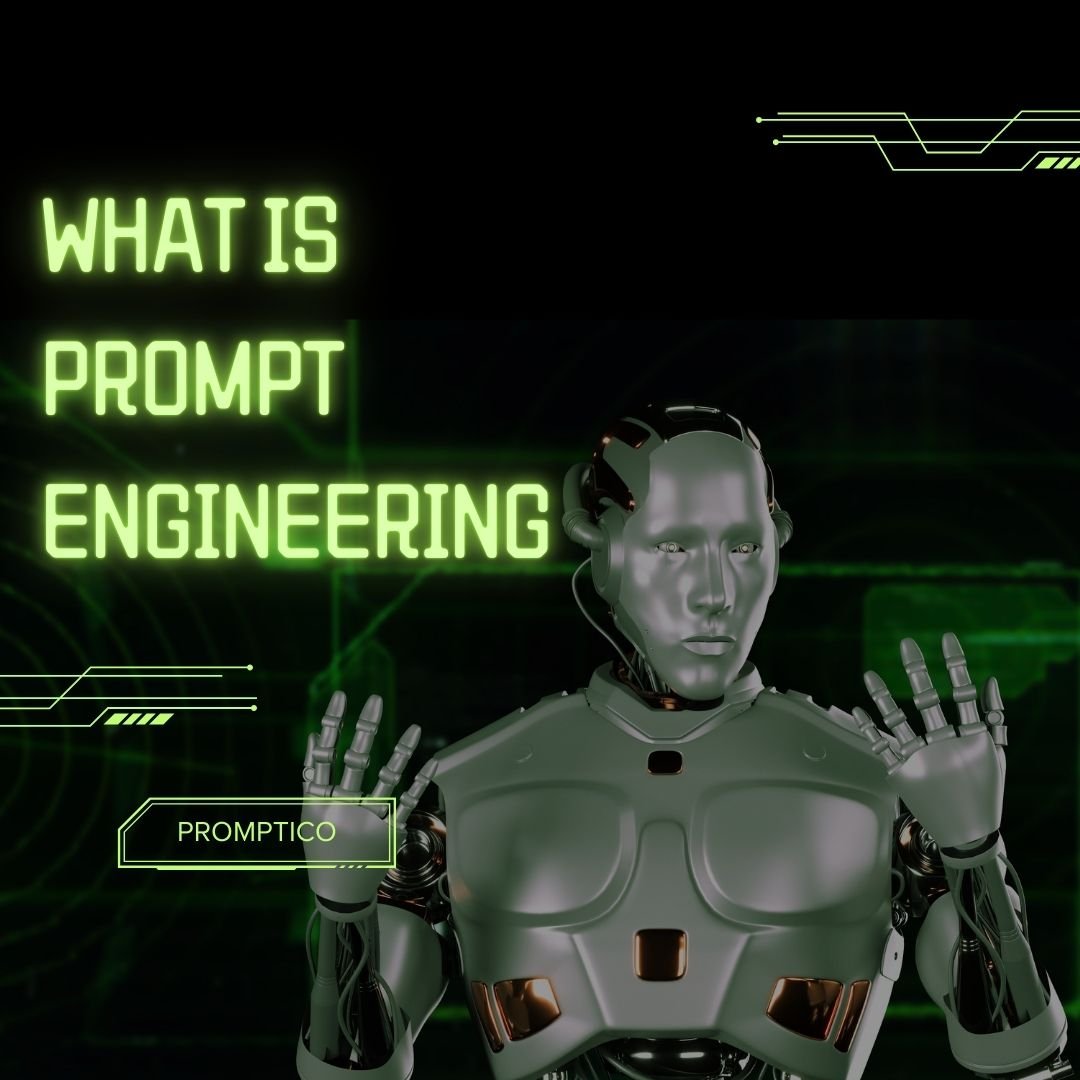
4 Methods of Prompt Engineering
Posted in :
As the use of AI-powered large language models (LLMs) like ChatGPT continues to grow, prompt engineering is emerging as a critical skill in fields such as content creation, customer service, and data analysis. This article explores the fundamentals of prompt engineering and examines four advanced techniques for improving interactions with LLMs.
Understanding Prompt Engineering
Prompt engineering involves designing effective queries or prompts to elicit accurate and relevant responses from LLMs. Given that LLMs are trained predominantly on vast amounts of internet data, their outputs can sometimes contain inaccuracies, known as “hallucinations,” caused by conflicting or unreliable sources. To mitigate this, prompt engineering enables users to craft inputs that guide LLMs toward desired outcomes, minimizing errors and maximizing utility.
Why Prompt Engineering Matters
LLMs are used in various applications, including:
- Chatbots: Automating customer support.
- Summarization: Condensing long texts into concise summaries.
- Information Retrieval: Extracting relevant data from large datasets.
Prompt engineering enhances these use cases by ensuring that queries are well-defined, contextualized, and specific enough to produce high-quality results.
The Four Approaches to Prompt Engineering
1. Retrieval-Augmented Generation (RAG)
What is RAG?
Retrieval-Augmented Generation combines LLMs with external knowledge bases to provide domain-specific responses. While LLMs are trained on general internet data, they lack detailed awareness of industry-specific or proprietary knowledge bases. RAG bridges this gap by retrieving relevant data from trusted sources and incorporating it into the model’s output.
How RAG Works:
RAG has two main components:
- Retrieval: This component fetches context from an external knowledge base, such as a vector database or company-specific dataset.
- Generation: The LLM uses the retrieved context to generate accurate and contextually relevant answers.
Example:
Imagine querying an LLM about a company’s financial data. Without RAG, the model might produce an inaccurate estimate based on outdated or conflicting information from the internet. However, with RAG, the LLM retrieves verified data from the company’s knowledge base, ensuring accurate responses.
For instance:
- Query: “What were the company’s total earnings in 2022?”
- Without RAG: $19.5 billion (inaccurate).
- With RAG: $5.4 billion (retrieved from the company’s trusted database).
This approach is particularly valuable in industries like finance, healthcare, and legal services, where accuracy is paramount.
2. Chain-of-Thought (COT)
What is COT?
Chain-of-Thought (COT) prompts guide LLMs to break down complex tasks into smaller, logical steps, enabling them to arrive at more accurate and explainable conclusions.
How COT Works:
Rather than asking the LLM to solve a problem in one step, the user breaks it into manageable sections, prompting the model to process each part sequentially.
Example:
- Query: “What were the company’s total earnings in 2022 for software, hardware, and consulting?”
- Step-by-step:
- Software: $5 million.
- Hardware: $2 million.
- Consulting: $3 million.
- Final calculation: $5 + $2 + $3 = $10 million.
By prompting the LLM to approach problems incrementally, COT reduces the likelihood of errors and enhances the model’s reasoning abilities.
Practical Application:
This method is useful when working with complex datasets or when generating detailed explanations, such as summarizing legal documents or analyzing financial reports.
3. Content Grounding
What is Content Grounding?
Content grounding ensures that LLMs generate responses based on reliable, domain-specific information rather than generalized internet data. This approach overlaps with RAG but focuses specifically on aligning the model’s outputs with verified content.
How It Works:
Content grounding involves providing the model with contextual information before prompting it. This could include feeding the model structured data, such as company policies or scientific research, to ensure its responses are accurate and aligned with specific goals.
Example:
Before asking an LLM to draft a policy document, you provide it with excerpts from existing policies. The model then generates outputs consistent with the provided context.
4. Iterative Prompting
What is Iterative Prompting?
Iterative prompting involves refining prompts over multiple attempts to improve the quality of the responses. This approach emphasizes experimentation and feedback, allowing users to identify the most effective ways to communicate with the LLM.
How It Works:
- Initial Prompt: Submit a basic query to the model.
- Evaluate Response: Assess the response for accuracy and relevance.
- Refine Prompt: Modify the prompt to clarify ambiguities or add context.
- Repeat: Continue refining until the desired output is achieved.
Example:
- Initial prompt: “Summarize the company’s annual report.”
- Refined prompt: “Summarize the company’s annual report with a focus on financial performance and future projections.”
This iterative process allows users to fine-tune the model’s outputs, ensuring they align with specific objectives.

Practical Applications of Prompt Engineering
Prompt engineering is transforming industries by enabling more effective use of AI tools. Key applications include:
- Education: Designing prompts to generate tailored lesson plans or answer student queries.
- Healthcare: Using RAG and content grounding to generate accurate medical summaries based on trusted databases.
- Customer Support: Enhancing chatbot interactions through iterative and COT prompting.
Conclusion
Prompt engineering is a powerful tool for maximizing the potential of large language models. By leveraging techniques like RAG, COT, content grounding, and iterative prompting, users can ensure their prompts yield accurate, relevant, and contextually aligned results. As the demand for prompt engineers continues to grow, mastering these methods will become an invaluable skill in the AI-driven workplace.
Key Takeaways
- RAG enhances responses by integrating external knowledge bases.
- COT improves reasoning through step-by-step problem-solving.
- Content Grounding ensures outputs align with reliable data.
- Iterative Prompting refines interactions for better results.
With these techniques, professionals can harness the full potential of LLMs, driving innovation and efficiency across industries.

